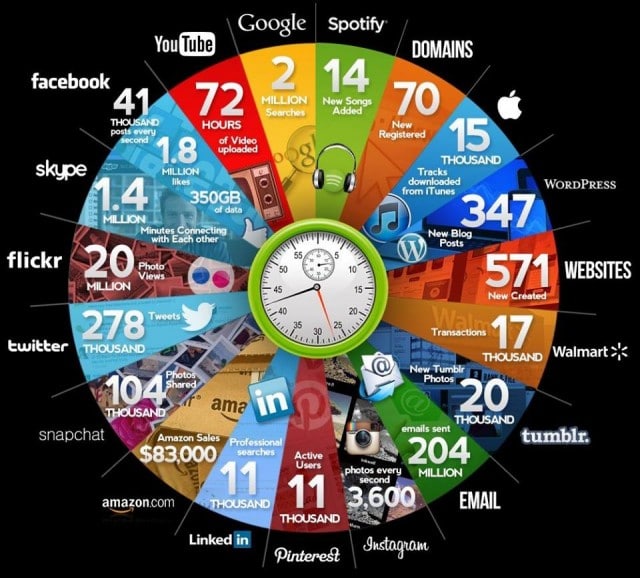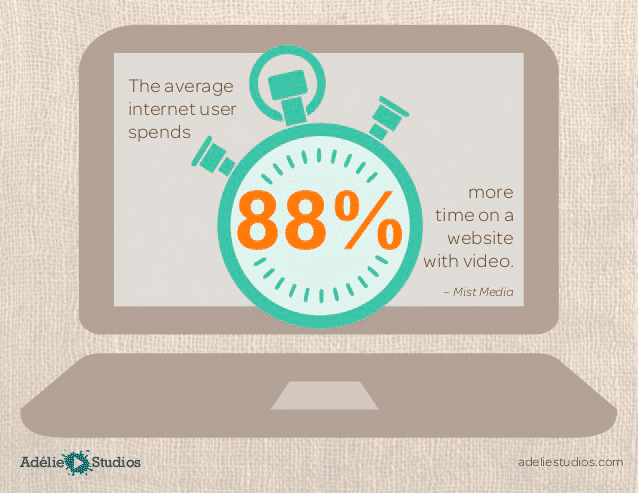One of the great things about content marketing is that anyone can do it. Whether that’s a garden fanatic who enjoys blogging, a tennis expert who loves to write how-to guides or a Fortune 500 company publishing white papers – creating content is easy.
There is a lot of great information already on the Internet regarding the ‘best practices’ for creating blog content and beating the competition. However, sometimes following all the right tips and best practices, things can still end up going astray.
In this article, we list the 4 most common blogging mistakes businesses make when managing a blog.
1 Creating too Much Content
Marketers often say that there is no such thing as too much content, but they’d be wrong. The phrase too much content is relative. For some businesses, posting one article per week may be too much, while for others posting one article per day may be too little.
The answer to finding out how much is ‘too much’ doesn’t rely on the quality or length of content, but how much time a business spends promoting it.
For example, what is the point of writing 3 articles per week if they won’t be promoted? A few people may find them organically through Google and a dozen more on Facebook, but the goal when writing articles is to reach thousands of people, not a small handful.
For every article a business creates, they should spend an equal amount of time promoting it through the correct channels. Once content begins to rank well in search engines, then they should slow down on promoting and ramp up on content creation.
Here’s a 60-second snapshot of the Internet by Qmee:

If that much content is being created every 60 seconds, how are prospects going to find the content of blogs which aren’t being promoted? (Answer: they aren’t).
For every hour a business spends creating blog content, they should spend an equal amount of time promoting through the correct media channels.
Summary: businesses should spend as much time promoting articles as they do creating them.
2 Using the Wrong Platform
Blogging has become such a useful part of so many marketing strategies, that it’s hard to find a business that doesn’t manage a blog. But is a blog really the best use of their content marketing budget? While it provides the best ROI of all inbound marketing methods, is it the right platform for them?
Businesses should find out where their customers go online to find content and industry related news? Blogs? Social media? Web forums?
72% of Pinterest users are female while the average Reddit user is a 36 year old male. Furthermore, Americans spends 40 minutes per day on Facebook while teenagers are drawn towards the likes of YouTube and Vine.
Businesses may find that blogging is not the best course of action to reach out and interact with customers. Using the data above, if a business is selling children’s products, creating a YouTube channel or embedding video content in their blog posts is going to appeal to their target demographic a lot more than just plain text.
Perhaps a YouTube channel that redirects prospects to theirs products is a better platform to generate leads and drive sales than a blog? Blogging is a very powerful tool but it’s not for every business.
Summary: Find the platform customers spend the most time on and focus creating content there.
3 Placing too Much Value on Headlines
Another thorn in many business blogs is that they focus too much attention on their headlines and not enough on their content. A headline is what brings the reader in, but the content has to live up to the headline or they will scramble.
According to Slate, most people only read 60% of an article:

Why do they read 60%? It’s because they get bored and leave. Rather than focusing on a creative title, businesses should strive to create high quality content that compels the reader to get to the end.
There is little point in having a catchy video blog title or interesting white paper name if the content inside cannot live up to the headline.
Summary: the copy of an article matters just as much as the headline.
4 Blogs aren’t Visually Attractive
The Slate graphic above revealed most people who land on a webpage scroll all the way to the bottom, why?
It’s because they want to know if the article has images and video. Mist Media estimated that 88% of people stay on a website longer if it contains video content:

Take this article as the perfect case study, it’s impossible to scroll down more then a few seconds before readers are presented with high quality factual images. With so much content out there, businesses need to find a way to stand out from the crowd. Sometimes it’s by being funny, other times it making content look more appealing.
Here’s Brian Dean discussing why he wanted to make his Google’s 200 Ranking Factors: The Complete List article look aesthetically pleasing (hint: it’s so people kept reading):
Off Page SEO Case Study: 110% More Traffic in 14-Days
Summary: blog posts need to look great visually.
Conclusion
Many businesses are making at least one of the four blogging mistakes mentioned in this article. Content marketing is a complex beast and it takes years’ of experience to know what truly works for each business.
The key to managing a successful blog is knowing how to get content in front of the right people. When businesses start out, that can be a difficult thing to achieve, but putting their head down and churning article after article is not an effective strategy.
Instead, they should start by looking at their current promotional strategy – is it as good as it should be? Is text heavy content really what their audience wants? Would they be better off with a Vlog or social media?
Finally, they should find out how engaging their blog really is. The content may be factual, but is it fun to read or interesting to look at?

